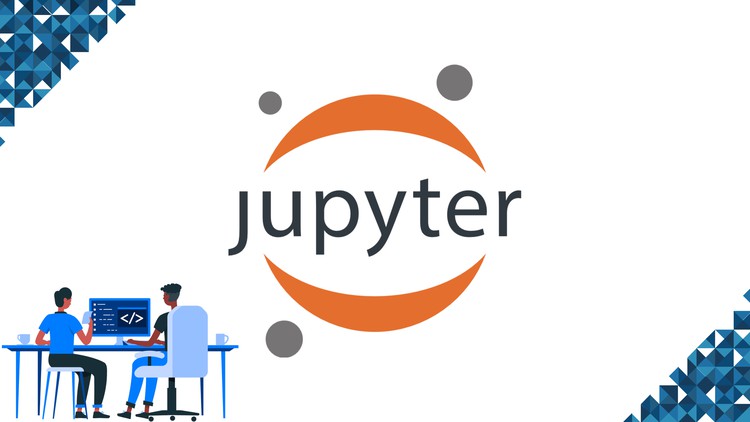
Learn the Basics of Jupyter Notebooks and start your journey in the field of Data Science and Machine Learning
What you will learn
What are Jupyter Notebooks
How to Install Jupyter Notebooks
How to use Jupyter Notebooks in their projects
How to run Python Codes in Jupyter Notebooks
How to add Images in Jupyter Notebooks
How to add Videos in Jupyter Notebooks
What is Replit
How to Register to Replit
How to run your Python codes on Replit
What is Google Colab
How to run your python codes on Google Colab
What is Anaconda Distribution
How to Install Anaconda Distribution
Learn The Basics of Markdown and use it in Jupyter Notebooks
Description
The Jupyter Notebook Crash Course is designed to provide a comprehensive introduction to the powerful Jupyter Notebook environment. Whether you’re a beginner or an experienced programmer, this course will equip you with the necessary knowledge and skills to effectively leverage Jupyter Notebook for data analysis, visualization, and interactive computing.
Throughout this course, you will embark on a hands-on journey, exploring the core features, functionalities, and best practices of Jupyter Notebook. You will learn how to create, edit, and organize Jupyter Notebook documents, and gain proficiency in executing and documenting code, which will help you in manipulating data and presenting your findings
In this course you will learn:
- What are Jupyter Notebooks
- How to Install Jupyter Notebooks
- How to use Jupyter Notebooks in their projects
- How to run Python Codes in Jupyter Notebooks
- How to add Images in Jupyter Notebooks
- How to add Videos in Jupyter Notebooks
- What is Replit
- How to Register to Replit
- How to run your Python codes on Replit
- What is Google Colab
- How to run your Python codes on Google Colab
- What is Anaconda Distribution
- How to Install Anaconda Distribution
- Learn the Basics of Markdown and use it in Jupyter Notebooks
By the end of this crash course, you will have a solid foundation in Jupyter Notebook, enabling you to efficiently explore, analyze, and visualize data, create interactive presentations, and collaborate effectively with others. Whether you’re a data scientist, researcher, analyst, or developer, the skills acquired in this course will prove invaluable in your professional endeavors.
Content